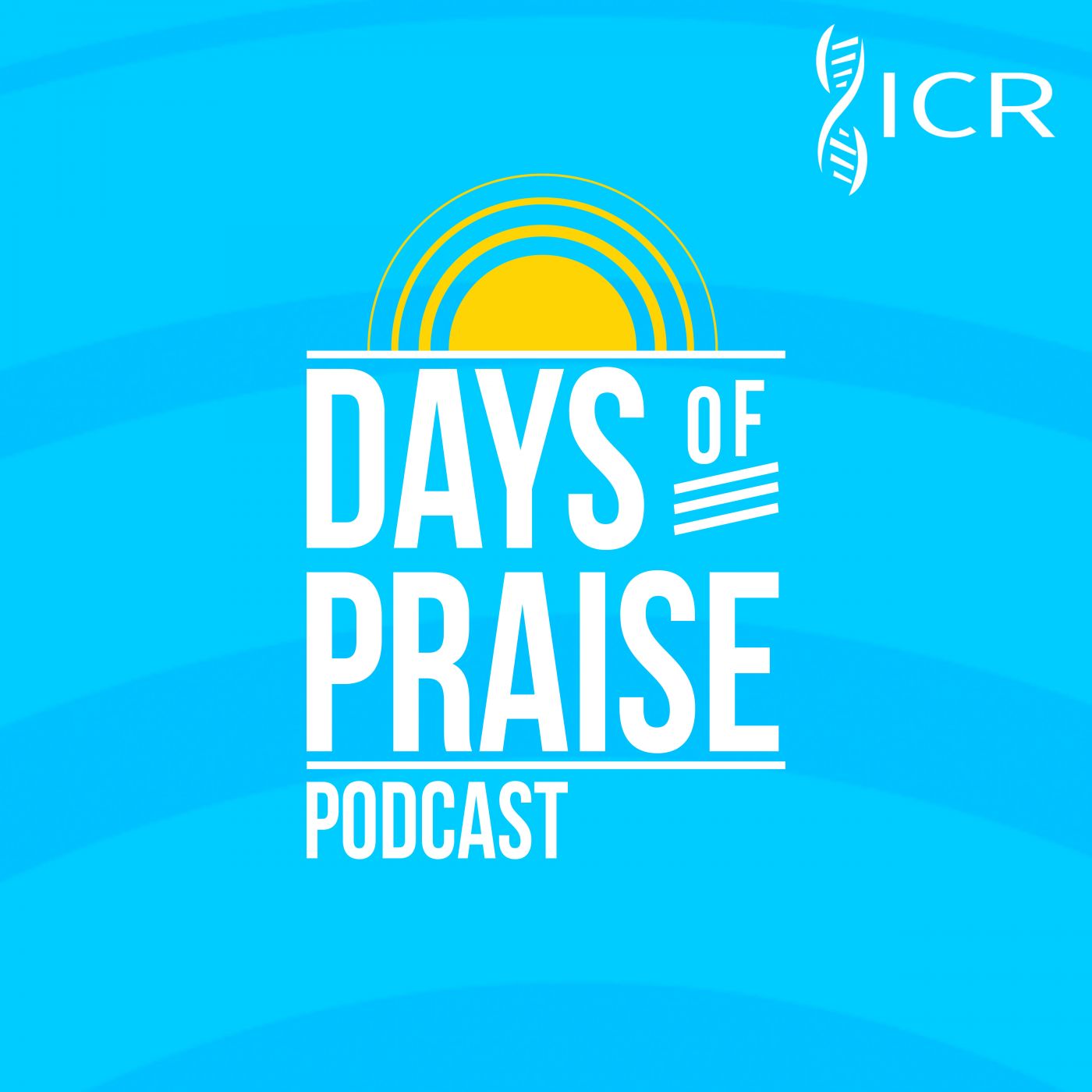“Lift up your eyes on high, and behold who hath created these things, that bringeth out their host by number: he calleth them all by names by the greatness of his might, for that he is strong in power; not one faileth.” (Isaiah 40:26)
Our text makes three majestic statements about the cosmos, each reflecting true scientific insight as well as the work of each person of the divine Trinity. The omnipresent Father has “brought out” an infinite “host” of organized systems in the cosmos—galaxies, stars, planets, animals, and people. All are capable of description mathematically, “by number,” and thus all bear witness to their great Designer. Chance processes never generate organization or complexity, so special creation by God is the only legitimate explanation for the “numbered” host of heaven.
The Son is the omniscient Word of information, description, and meaning. Every system in the cosmos is not only numbered but named! That is, in the mind of its Creator, it has a function and has been coded to fulfill its purpose. The Second Law states that systems never code themselves but rather always tend to distort the information originally programmed into them. Only an omniscient Creator could thus implement the divine purpose for every created entity.
Finally, the Holy Spirit is the omnipotent Energizer who activates and empowers every system. The Second Law says that energy becomes less available as time goes on, so only the Creator could provide the energy to activate the designed, programmed cosmos in the beginning.
When we finally look up and really “behold who hath created these things,” we must see God the Creator—Father, Son, and Holy Spirit. HMM

Days of Praise Podcast is a podcast based on the Institute for Creation Research quarterly print devotional, Days of Praise. Start your day with devotional readings written by Dr. Henry Morris, Dr. Henry Morris III, Dr. John Morris, and others to strengthen and encourage you in your Christian faith.
























